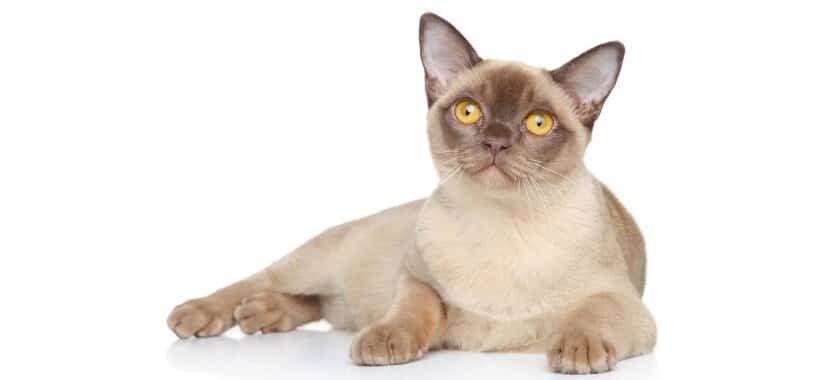The Burmese originated from Thailand, near the Thai-Burma border. This cat breed was then developed in the U.K, and in the U.S. In 1871, Harrison Weir had a cat show at the Crystal Palace where two Siamese cats were shown. Both resembled the Burmese cat breed as it is today. It is almost similar to the Tonkinese cat breed. Dr. Cheeseman Thompson imported a cat called Wong Mau into San Francisco in 1930. This cat was a brown female cat that was different in build to the Siamese, and could be classified as a separate breed.




Thailand
Brief History
The Burmese cat breed is believed to be related to a female Tonkinese cat called Wong Mau. This cat was imported in to the U.S in 1930, and in turn was bred with the American Siamese cat called Tai Mau, a sealpoint Siamese. The kittens were dark brown. U.S cat breeders then developed a breed standard that was different from the Burmese one. The Cat Fanciers’ Association (CFA) recognized this breed in 1936. The CFA then suspended breed recognition a decade later due to extensive Siamese outcrossing. By 1954, the CFA lifted the suspension, and by 1958, the United Burmese Cat Fanciers (UBCF) set forth an American judging standard which still stands today.
Today, most modern cat registries do not recognize the two cat breeds as different breeds. That said, the British breed is known as the European Burmese. The first Burmese cats were dark brown. Today, the Burmese comes in numerous colors. The Burmese is well known for its playful and social temperament. They are also very vocal.
Physical Description
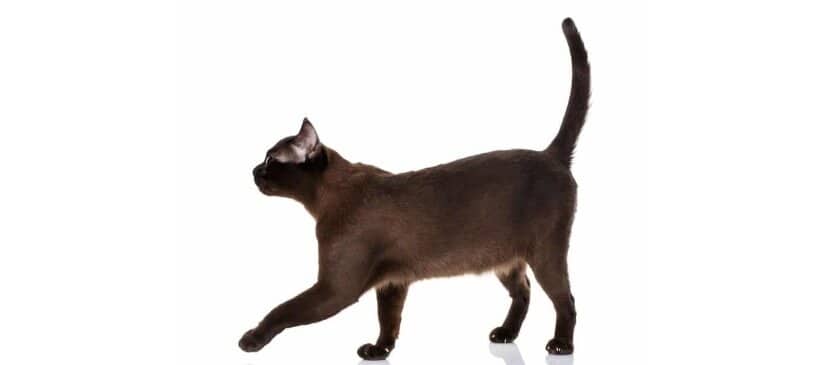
The Burmese has two breed standards in which both head and body shape differs. The British (traditional Burmese) cat breed has a body that is slender, long-bodied, with a wedge-shaped head. The ears are large and pointed. The muzzle is long and tapering. The eyes are moderately almond-shaped. The eye color is gold or yellow. The legs are long, and the paws are oval. With a tapering tail of medium length, the British Burmese cat breed is a small to medium cat breed that is muscular and heavy. They are also silky soft when touched.
That said, the American Burmese (contemporary) cat breed is of a stockier build, with a much larger head, round eyes, and a much shorter, and flatter muzzle. The ears are also set wider apart, with the legs and tail proportionate to the body. In both breed standards, the breed is a muscular breed that is thicker in build, and heavy when picked up. The coat is thick and shiny, and looks like satin. The rich dark brown color comes from a gene from a Burmese gene (cb), which is part of the albino gene. Blue Burmese will have a medium colored blue coat. The nose and paw pads will be slate grey. Champagne colored Burmese will yield a honey beige coat color. The nose is brown and the paw pads pinkish, brown color. Platinum Burmese will be a silvery grey color. The nose and paw pads will be pinkish, lavender in color.
Temperament
The Burmese loves to gaze and admire the outdoors. This precious cat breed is laid back and fun. That said, they can also be feisty when bored. They adore affection, plenty of interactive cat toys, and cat trees with perches. These cats are great climbers that can be leash trained easily. This is an outgoing cat breed that delights in making new friends. They get on well with people, other animals that are not aggressive, and gentle children.
The Burmese loves to jump up on furniture, and can jump high. This cat breed is energetic and agile. The Burmese can play fetch, and rather enjoys learning new cat tricks with clicker training. This cat breed is a friendly and intelligent cat breed. This is a people- driven cat breed that constantly wants to give love and get love.
The Burmese loves to play, and will follow you for attention. An assortment of interactive cat toys is recommended for this cat breed. They enjoy being around family, and do not do well being alone all day. They are a one-person cat breed that bond closely with their pet parent. The Burmese is vocal, and are known to be persistent when trying to get your attention. This very intelligent and affectionate cat breed does well with apartment and indoor living. The Burmese may be prone to feline depression and anxiety if left alone for long periods of time. This cat breed does well with plenty of TLC! They do well with active families, and other pets.
Special Needs
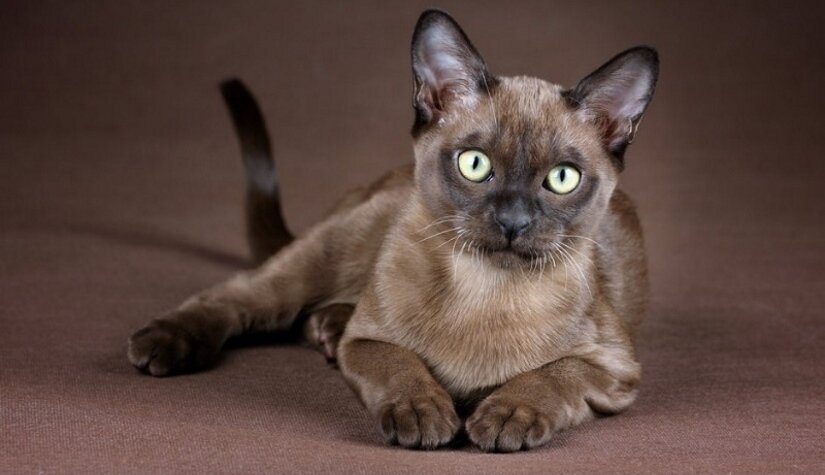
Burmese kittens should be vaccinated according to a vaccination schedule. This will begin at two months of age. Intestinal parasites are also common in kittens, since the female cat may pass down larvae through the placenta or milk. Your veterinarian will treat your kitten with a broad-spectrum wormer. You will also need to consult with your veterinarian as to the safest antiparasitic products for your cat.
You may also be faced with several health problems after adoption. These could be linked to behavioral problems. Consult with your veterinarian for a behavioral history of your senior cat if working through issues. Understanding why your cat is having problems is important, so that your veterinarian can treat them.
Your Burmese will need to socialize. If getting a kitten, socialization should commence during kittenhood. Your kitten should be handled before reaching ten weeks of age. Cats that have not had the proper amount of socialization may avoid human contact.
When introducing your new Burmese to other pets in the home, it should be done gradually and over the course of a few days. They should be able to smell each other through safety gates, and then held while getting introduced. Allow pets together for short periods of time if they are calm, and gradually increase the amount of time that the pets spend together. Within multi-pet households, patience and calmness is important.
Your Burmese will also need to be spayed or neutered. Your cat needs to be protected from household dangers like cleaning supplies, toxic plants, electrical cords, and aggressive animals. Cats are carnivores, and will need a high-quality diet with plenty of fresh water every day. Exercise can be achieved through a variety of play toys that encourage running and a game of chase. Sedentary cats may be prone to obesity, and health problems later on in life. Understanding the responsibilities of cat parenting before getting a cat is important. Keeping your cat indoors as an indoor cat will also keep them safer.
Understanding the responsibilities of cat parenting before getting a cat is important. Keeping your Burmese cat indoors as an indoor cat will also keep them safer, and far away from snakes, coyotes, aggressive dogs, and traffic. All cats need plenty of 24-hour TLC!
Possible Health Concerns
The Burmese is a healthy and active cat breed that may be susceptible to the following health conditions:
- Gingivitis: Regular dental care will reduce plaque development in your Burmese, which can lead to gingivitis and gum disease. With gingivitis, the gums will become inflamed because of plaque. Ligaments and bone are not yet affected. By including daily tooth brushing, dietary changes, using a plaque prevention gel, and oral rinses, you’ll be helping your cat. Consulting with your veterinarian for preventative cleanings every 3 months to save your cat’s teeth.
- Psychogenic Alopecia: This is when there is abnormal hair loss that is caused from excessive grooming. It may result from cat’s being stressed from other cats, dogs or people. Consult with your veterinarian.
- Cherry Eye (Eyelid Protrusion): This is a disorder of the third eyelid, resulting in swollen redness of the eye. It is more common in Persian- related cat breeds. Consult with your veterinarian for advice.
- Cleft Palate: The Burmese may be prone to this birth defect. This is due to the palate bones not diffusing. Kittens will be unable to nurse if born with this defect. Consult with your veterinarian.
- Vestibular Disease: This is caused by a congenital abnormality. It may also result from trauma inside your cat’s ear. It may be caused by cancer or certain infections. It affects the nervous system in cats, and causes a lack of coordination. Consult with your veterinarian.
Exercise
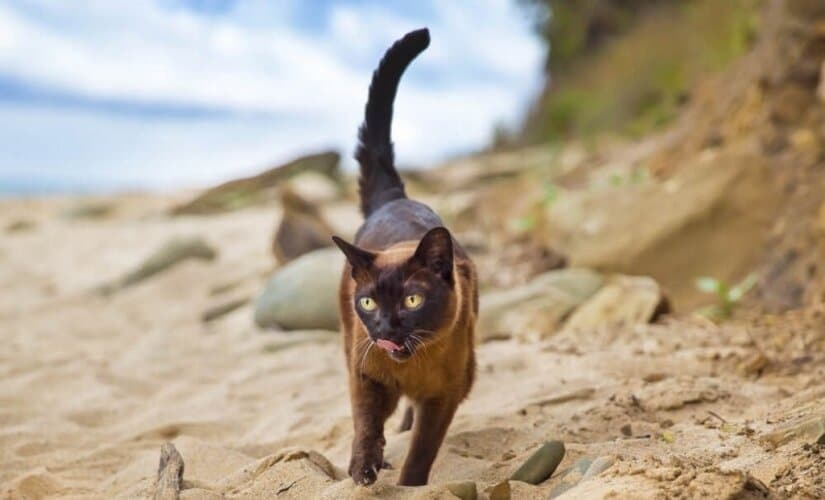
Your Burmese will scratch for numerous reasons, such as stretching and exercising their toes, shedding the dead outer layer of their claws, and to mark their territory. Free-standing scratchers are ideal for the Burmese, as well as cat condos that have designated scratching posts. With so many cat scratcher designs available today, there’s no reason not to have a few around the home. Find out if your cat is a horizontal or vertical scratcher. Cat scratchers are also made from renewable resources like sisal, jute, and sometimes recycled corrugated cardboard. Vertical scratchers can also be attached to door handles.
The Burmese cat breed needs daily exercise combined with plenty of mental stimulation through active play and interaction with people. Cat parents can use cat toys like the Mousr or Cat Dancer to get their cats to play. This will encourage your cat to play. That said, the Burmese will form a dog-like attachment to his cat parent through bonding. This cat breed forms tight bonds with humans, and trains easily.
Finding a variety of mentally stimulating cat toys will allow for your cat to lead a well-balanced life, with the right amount of exercise and mental stimulation. Cat harnesses also allow for daily walks. These need to be gradually introduced until your cat is used to his harness. Consult with your veterinarian first.
This cat breed is an intelligent and very affectionate cat breed that does well in most cat friendly environments. That said, this cat breed still needs to play and interact with people., and should not be left alone all day. Cat gyms, cat scratchers, and interactive cat toys within a cat friendly home environment work best for this fabulous cat breed.
Look out for the latest cat toys like Ripple rug play mats, the Feather Whirls, pet cube toys, food trees, turbo scratcher toys, cat companion interactive toys, and electronic motion toys. All these and many more will keep your cat entertained when you’re out and about.
Poly Rattan weaved cat scratchers make for longer lasting cat scratching posts. They are more durable, and built to last. Hemp toys for cats are irresistible. Some come with colorful feathers and hemp cord allowing for longer playtime with your feline.
Chasing, hunting, and attacking toys are some of the methods that cats will use when playing with interactive toys. When out shopping for cat toys, opt for safe TPA materials that have no toxic BPA or BHT. Multilevel spinning ball cat toys help cats bat and chase play. Ultimately, what feline pet parents need to achieve is bonding through free play and exercise. Additionally, cats need plenty of scratching posts.
Nutrition
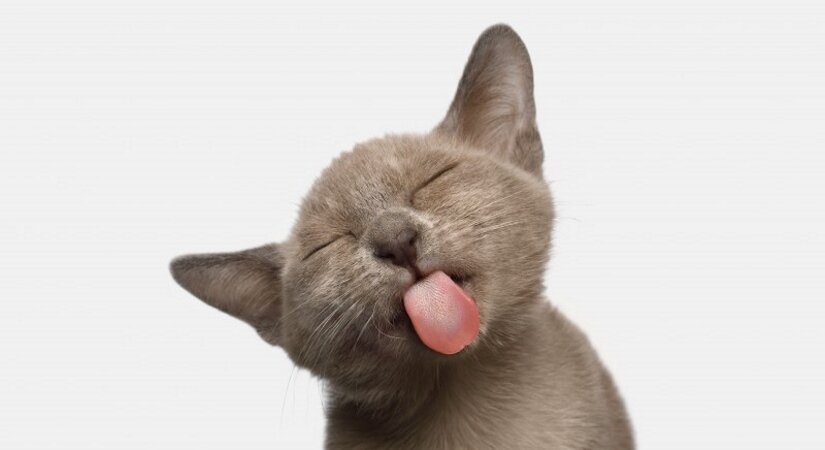
The Burmese cat breed will need proper nutrition. That said, a high-quality diet that is appropriate for the specific life stage of the cat is necessary. Protein as an ingredient, needs to come first. Dry cat food is a popular choice because it promotes healthier gums and teeth. Yet wet food is more often recommended by veterinarians because it provides more moisture to cats. Cats don’t drink a lot of water and tend to sometimes get dehydrated. Wet cat food also has its benefits. By choosing a well-known name- brand cat food that has scientific backing, as well as quality control, cat parents can be assured that they are providing a well-balanced diet.
All cat breeds need high- quality fat and protein in their diets. They also need amino acids, including taurine that cannot be found in either human food or dog food. There are also numerous specialty diets for your cat that are formulated specifically for certain medical problems like urinary tract disorder, obesity, or kidney disease.
All cats do well by being fed twice daily. During kittenhood, kittens will need to be fed every few hours. Growing kittens need more calories, nutrients, vitamins, protein, and calories. Your Burmese should be able to enjoy a peaceful meal in a quiet corner of the house. Some cat parents prefer to leave cat kibble out 24/7. When looking for a high-quality cat food, here’s what to look out for:
- No low-quality fillers
- No artificial additives
- Low grade ingredients or toxic ingredients
- All cat food has to be meat-based because all cats are carnivores
- No garlic
- Plant-based ingredients should be listed after the protein-based ingredients
Consult with your veterinarian for the best dietary advice for your Burmese.
Grooming

Cat pampering is a norm today with feline pet parents wanting the very best for the cats. Your Burmese may be susceptible to skin diseases originating from flea bites, mites, yeast infections, and infections. Opt for natural cat grooming products to help resolve these skin irritants. All cat breeds are highly sensitive. By using grooming wipes and waterless shampoos in between bathing schedules, you’ll have a healthier cat.
The Burmese needs daily grooming to remove shedding or dead hair. Because this breed has a short and fine, soft coat, grooming is easy. Stainless steel combs help to remove dead hair. Care must be taken when grooming leg hair and body hair to avoid sensitive areas. Some cats have very sensitive areas along their backs, legs, and belly area. Curry brushes help with grooming, and will remove dead hair and debris from your cat’s coat.
Look for high-quality pet products to decrease shedding, and help prevent hairballs. Products like the Furminator will easily groom through your cat’s coat, and safely remove dead hair without hurting your cat. Soft tip massagers, deluxe nail trimmers, and de-shedding tools all help make cat grooming so much easier.
All cat breeds will groom themselves several times throughout the day. Daily grooming is necessary because it limits the amount of hair that your cat will consume. This helps limit the development of hairballs. Your Burmese will enjoy being groomed. Coat hair always looks best during the cold winter months. Cats that have been spayed or neutered will have great coats year-round. This is because hormonal changes in cats affects coat length and thickness.
Daily cleaning with pet wipes beneath the tail is necessary. Ears should be checked weekly for cleanliness and sensitivity. If there is a build-up of wax and dirt, organisms can lead to an ear infection. Consult with your veterinarian about safe and gentle ear cleaning techniques. Nail trimming is necessary every few weeks. Eyes should also be cleaned gently every morning with cotton wool or a soft wipe. Each eye should be cleaned with different wipes or cotton balls to avoid eye infection contamination in both eyes.
Healthy Burmese cats need minimal bathing with a gentle cat shampoo. Your cat will need dental care as well. By feeding dry food, and having professional dental cleanings with your veterinarian throughout your cat’s lifetime, your cat will have less of a chance of developing gingivitis or gum disease. Cats should also have their teeth brushed a few times a week with a special feline toothpaste and brush.
Adopting a Burmese
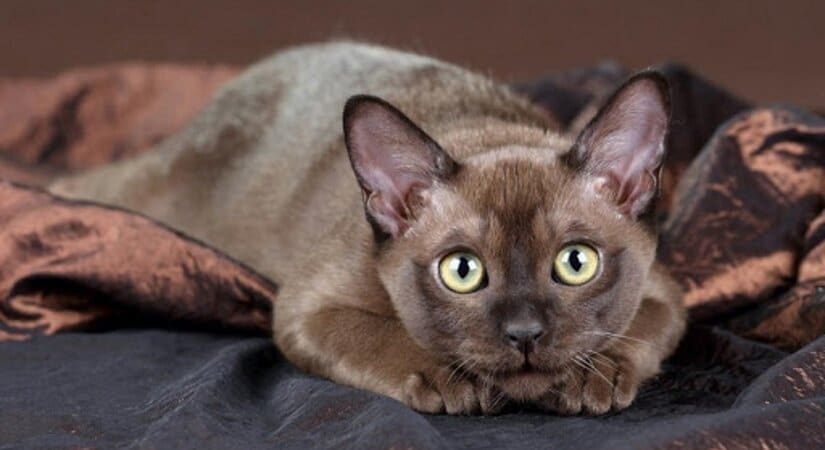
After doing lots of research about the cat breed that you’re wanting to adopt, you may be asking yourself a few questions. That said, consider what characteristics are important to you and your family before purchasing or adopting a feline. Your new cat will become a friend and part of the family for life. Regardless of which breed, or whether you choose to adopt or purchase, being prepared in every way helps achieve a more satisfying experience for both you and your Burmese.
Socialization is very important for all cat breeds, no matter how sweet a breed is. With socialization, cats learn how to get along with other cats, animals, and people. That said, your Burmese should never be placed in a dangerous environment or be near aggressive dogs or people. This cat breed needs to spend a fair amount of time with his pet parent and family.
All cat breeds that have not been socialized during kittenhood, and during the latter stages of life will fear humans and avoid human contact. By playing with and providing the best care for your rescue, you’ll be developing a close bond, and working toward reducing, and eventually eliminating any negative feline behaviors with positive clicker training.
Natural feline behaviors like urine marking, soiling outside the litter box, fighting with a new cat, may be behaviors that you’ll have to deal with when bringing your new cat home. If you have other cats at home, they may be territorial, and see the newcomer as a threat. All these problems can be worked through with the help of a good veterinarian and cat behavioral therapist.
That said, the Burmese is one of the most popular cat breeds around the world! With their intelligence and fun personalities, this vocal cat breed has plenty of attitude. Adopting a Burmese will be extremely rewarding! With so many cats up for adoption, it is the only way to go!
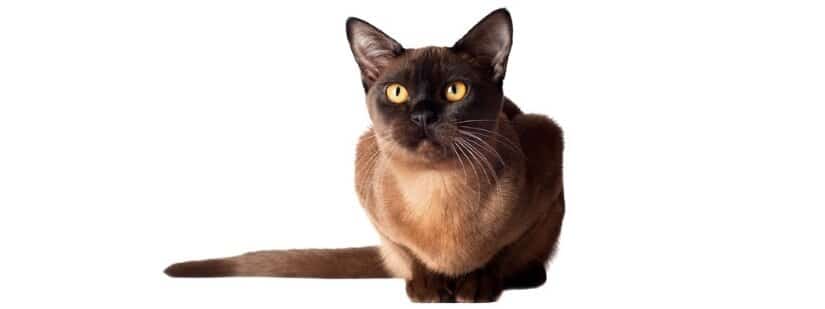
There are so many cats in shelters today that desperately need a good home. When choosing your cat, ask questions, and look for a great temperament! Some cats like the Burmese may be depressed or anxious at shelters, but soon settle down in their new homes, and become very friendly and sociable. Give your Burmese plenty of time to settle down at home.
In addition, kittens should be playful and curious. Sickly kittens that have bad odors or plenty of diarrhea stains, and a dull coat need to be seen by a veterinarian as soon as possible. Kittens when ill, can go downhill very quickly. However, the rewards of adopting a sick animal and caring for it are tremendous, provided that good veterinary care is provided right away. Healthy Burmese kittens will also need plenty of care, numerous daily feedings, veterinary check-up visits, socialization, and positive litter box training. Keep in mind that vaccinations and parasite control are an important part of feline health care.
Consider pet health insurance for your cat. With so many great and affordable pet health plans available today, there’s no reason to avoid keeping your pet covered in case of an emergency.
Your Burmese will also need to be protected from household hazards, most especially electrical cables, poisonous plants, medication, and open windows. This cat breed makes for a wonderful adoption! As usual, make sure that children are always gentle and quiet around your cat, and that no aggressive dogs or animals are nearby.
Give your Burmese time to adjust to his new surroundings. As with any cat adoption, make sure that you have the time and resources to take good care of this wonderful cat breed!
